A hypothetical 50% US tariff, an economic war driven by the deep state, becomes India’s chance to lead the Global South and accelerate its path to self-reliance.
 Prof. (Dr.) Nishakant Ojha
Prof. (Dr.) Nishakant Ojha
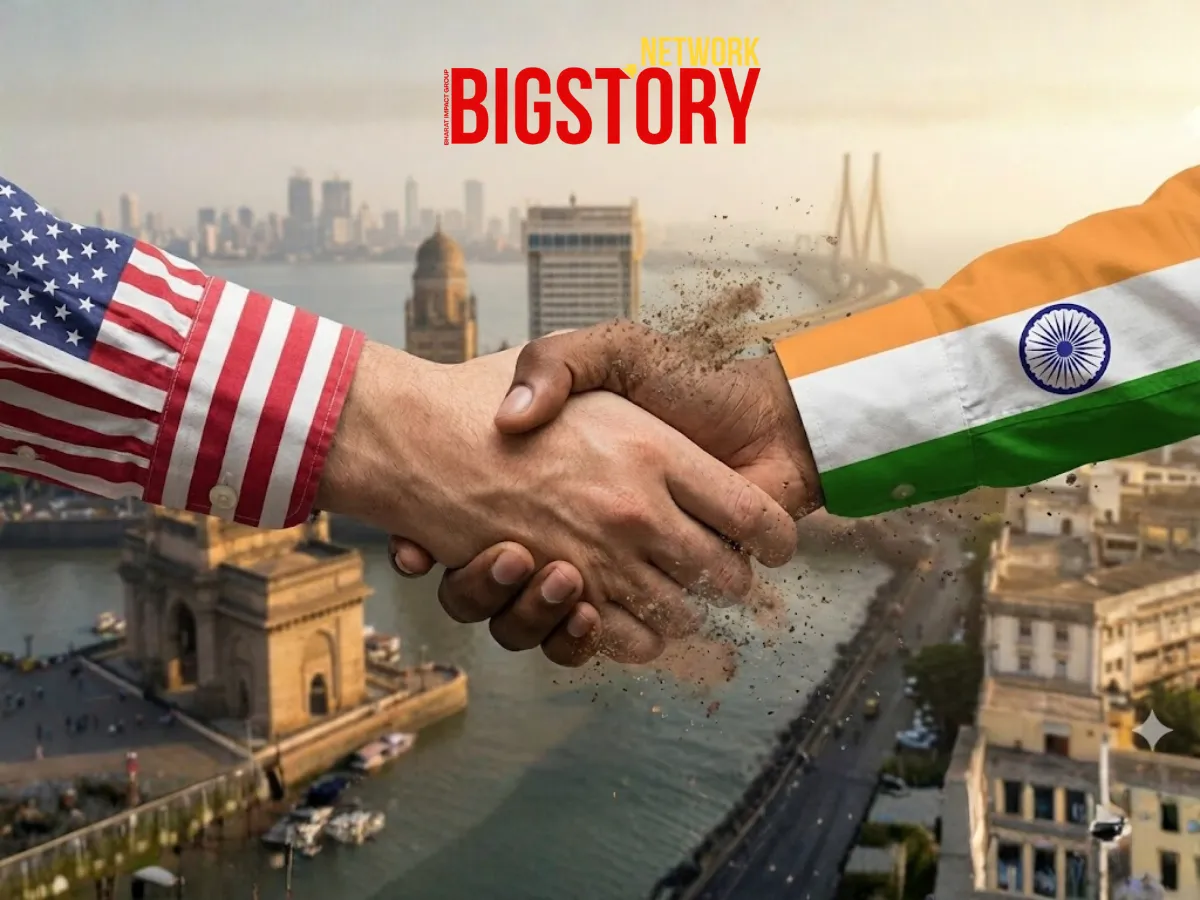
By : Prof. Dr. Nishakant Ojha is an internationally renowned expert on geopolitics, national security, and emerging technologies, who has advised governments and defence establishments worldwide. His deep insights bridge strategy, technology, and diplomacy, shaping policy frameworks against evolving global threats.
In the volatile chessboard of global geopolitics, wars are no longer fought only with soldiers and missiles. They are fought with sanctions, tariffs, supply chain disruptions, and currency manipulations. Now imagine a scenario where the United States and its allies impose a 50% tariff on Indian exports—a measure that would instantly disrupt trade flows, push industries into crisis, and threaten India’s economic stability. Such an act, while couched in trade language, would amount to an undeclared economic war. But beneath the official reasoning, one must ask: who really drives these decisions? Is it merely elected governments or the deeper machinery of America’s “deep state” networks, comprising Wall Street financiers, military-industrial interests, and technology monopolies that see India’s rise as a threat?
This essay unpacks that possibility while laying out how India, far from being a helpless victim, can turn the pressure into an opportunity to reshape global trade alignments, accelerate its self-reliance, and strengthen its role as a leader of the Global South.
At face value, a 50% tariff on Indian goods would appear as a blunt protectionist tool—designed to safeguard Western jobs or balance trade deficits. But such a move would actually target India’s most competitive sectors: textiles, pharmaceuticals, IT-enabled services, auto components, and electronics. These are not coincidentally India’s export lifelines; they are the pillars of India’s global integration. Striking them would weaken foreign exchange reserves, destabilise the rupee, and trigger mass layoffs in labour-intensive clusters from Tirupur to Pune to Bengaluru. The message would be unmistakable: India’s economic ascent is being curtailed not by open competition, but by deliberate policy strikes. And history tells us that such escalations rarely originate only from the Oval Office or Capitol Hill—they often echo the calculations of deeper lobbies that transcend administrations.
The notion of a U.S. “deep state” is controversial but cannot be dismissed. It refers not to a shadow government but to entrenched power centres—defence contractors, oil cartels, Wall Street banks, Silicon Valley monopolies, and think tanks—that shape policy continuity regardless of who occupies the White House. For these entities, India represents both an opportunity and a challenge. On one hand, American Big Tech relies on Indian IT talent, outsourcing, and a billion-strong digital market. On the other, India’s push for data sovereignty, indigenous semiconductors, and open-source platforms threatens their monopolies. Similarly, Wall Street thrives on dollar dominance, yet India’s advocacy for rupee-settled trade and BRICS currency frameworks undermines this order. Defence lobbies, too, grow uneasy as India diversifies arms imports toward Russia, France, and indigenous platforms.
Thus, a sweeping tariff policy—presented as trade justice—could actually & may be the deep state’s economic strike: a way to discipline India for asserting independence in technology, finance, and security. The tariffs would not merely punish exporters; they would send a signal that deviation from Western-led norms carries costs.
Contrary other flip side and critical version of Deep State: The U.S. deep state is widely seen as being opposed to Donald Trump, primarily because his “America First” agenda disrupted entrenched security and foreign policy doctrines that have long served the interests of Washington’s permanent establishment. Trump questioned NATO obligations, criticized endless wars, and pushed for a more transactional approach to global alliances, which ran counter to the preferences of the intelligence community, Pentagon, and diplomatic bureaucracy. His unpredictability also unsettled the military-industrial complex and Wall Street elites who favor stability and global interventionism. As a result, agencies like the CIA and FBI often appeared at odds with his administration, fuelling narratives that the deep state actively worked to weaken his presidency.
The first weeks of such tariffs would unleash panic. Exporters would suspend shipments, foreign buyers would cancel contracts, and stock markets would dive. By the first month, layoffs would ripple through labour-intensive industries, while the rupee would slide under pressure. By the third month, imported inflation would hit households in fuel, food, and electronics. Within six months, political unrest would grow, as opposition parties framed the crisis as government failure.The deep state calculus would be clear: weaken India’s economic momentum, destabilise its political balance, and extract concessions—be it on defence purchases, digital trade rules, or strategic alignments.
Yet India is not without options. History shows that nations under siege can emerge stronger if they innovate under pressure. For India, the playbook would involve several urgent pivots.First, market diversification: instead of over-reliance on U.S. and EU markets, India would have to aggressively push into Africa, Latin America, Southeast Asia, and the Middle East. These regions, many part of BRICS+ or Global South coalitions, are eager for alternatives to Western suppliers. Second, accelerating BRICS integration: the New Development Bank could extend emergency credit to offset export shocks, while intra-BRICS tariff eliminations could shield members from Western economic warfare. Settlement in rupees, yuan, or local currencies would bypass the dollar stranglehold, protecting reserves.Third, industrial self-reliance: tariffs would push India to double down on AtmanirbharBharat, boosting indigenous semiconductor fabs, pharmaceuticals, defence manufacturing, and clean energy tech. Crisis often accelerates domestic innovation—the very outcome the deep state fears.
Fourth, diplomatic counter-narrative: India could reframe the tariffs not as trade disputes but as neo-colonial economic coercion, rallying the Global South by positioning itself as the frontline victim of Western overreach. This would elevate India’s moral leadership, much like the non-alignment movement once did during Cold War interventions.
If the 50% tariff crisis unfolds, BRICS would be forced to move beyond rhetoric into action. India, together with Russia, China, Brazil, and new entrants like Saudi Arabia and the UAE, could institutionalise zero intra-bloc tariffs, launch parallel payment networks, and pool resources in energy, rare earths, and food security. For India, this is not merely an economic buffer but also a geopolitical weapon—creating a bloc resilient enough to withstand Western siege.But caution is necessary: overdependence on China within BRICS is risky. India must build coalitions within the coalition—working closely with Russia, Brazil, and Middle Eastern partners to balance Beijing’s weight. Only then can BRICS evolve into a true counterweight rather than another pole dominated by one power.
To fully overcome this crisis, India must also expose the hidden forces behind such tariffs. This requires strategic information campaigns highlighting how U.S. policy is often less about elected leadership and more about entrenched lobbies. By showcasing how Wall Street fears India’s fintech independence, how Silicon Valley resists India’s open-source digital drive, or how defence contractors resent New Delhi’s arms diversification, India can erode the moral legitimacy of these tariffs.Such revelations would resonate not only domestically but also across the Global South, many of whom have themselves been victims of similar coercion. By shining light on the deep state’s shadow, India can weaken its grip.
Ultimately, India’s survival depends not on resisting every blow but on absorbing pressure and converting it into resilience. A tariff war would undoubtedly inflict short-term pain—job losses, inflation, political turbulence. But in the medium term, it could catalyse three transformative outcomes.One, India would recalibrate its export dependency, becoming less vulnerable to Western markets. Two, it would accelerate indigenous innovation, from chips to drones, pharmaceuticals to clean energy. Three, it would cement India’s leadership role in the Global South, as the nation that turned a Western economic siege into a platform for multipolarity.
This is the paradox: what the U.S. deep state may intend as a punishment could become the very crucible that forges India’s strategic independence.
History is full of examples where attempts to strangle nations backfired. Sanctions on Russia accelerated its energy reorientation toward Asia. Tariffs on China spurred its self-reliance in semiconductors and AI. Similarly, a 50% tariff strike on India could end up empowering, not weakening, its trajectory.The deep state may seek to discipline India, but in doing so it risks catalysing the very multipolar order it dreads. Tariffs may wound, but they cannot suppress a civilisational nation determined to rise.
For India, the path forward is clear: resist, adapt, and lead. Economic wars are no longer won by raw power but by resilience, alliances, and innovation. If the siege comes, India must ensure it does not merely survive but emerges as the vanguard of a new global economic order.
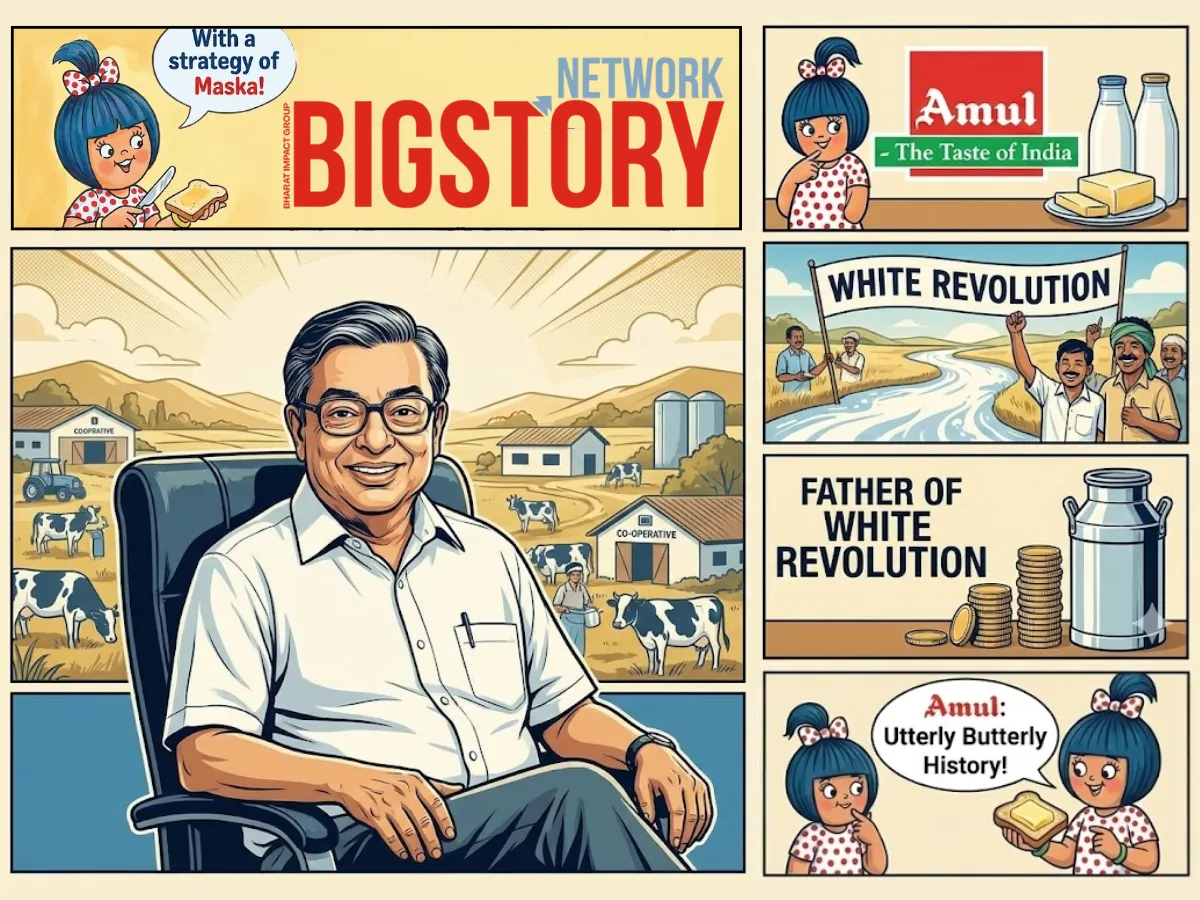
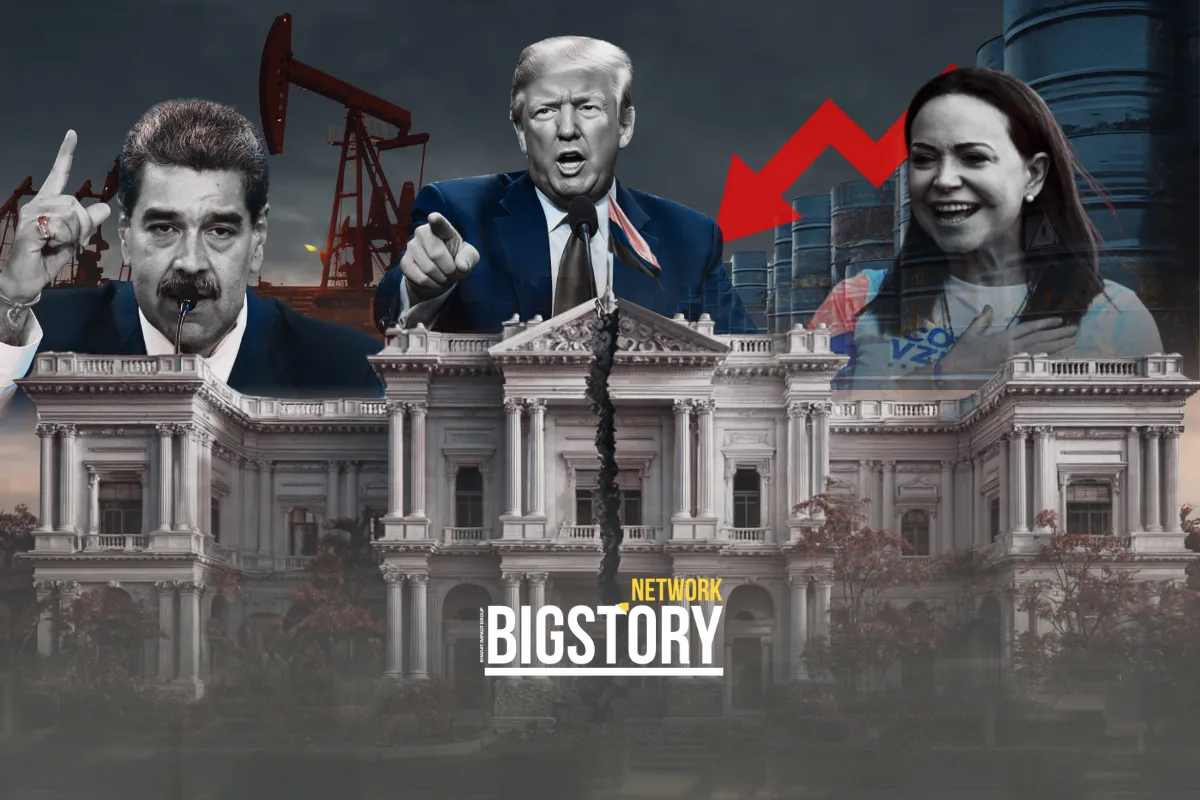
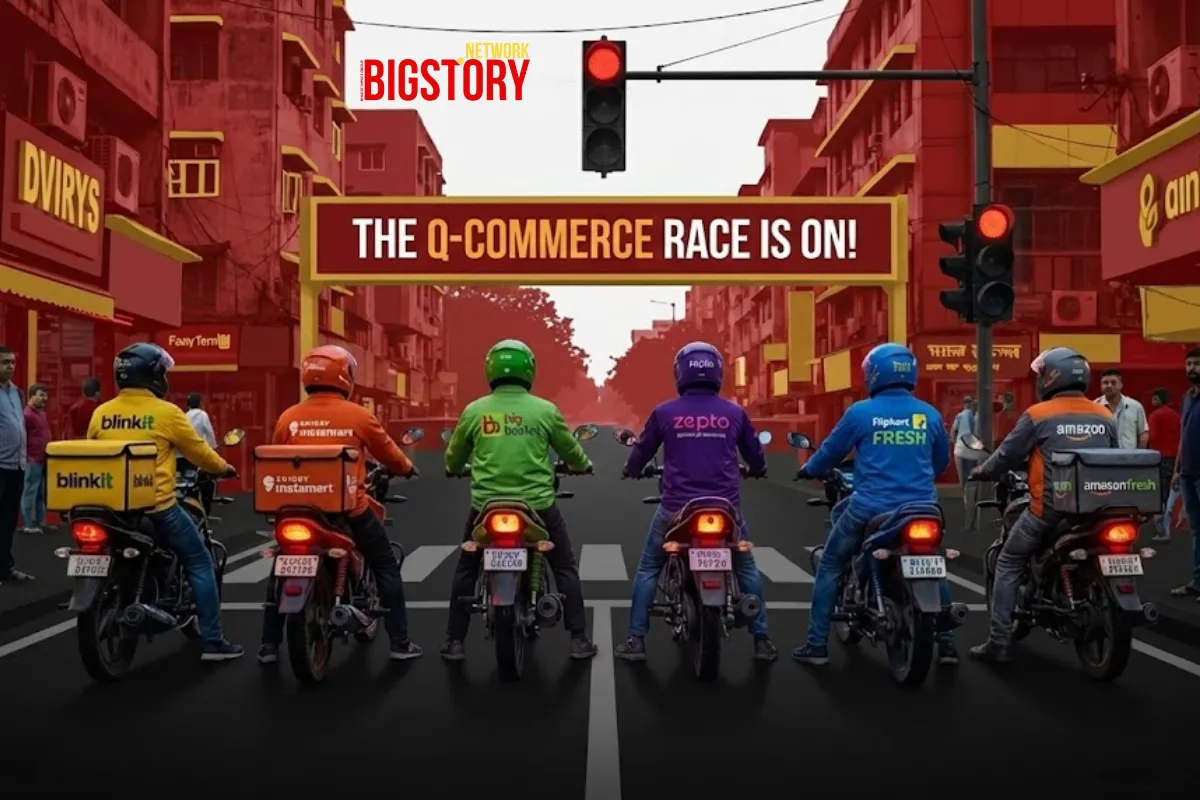


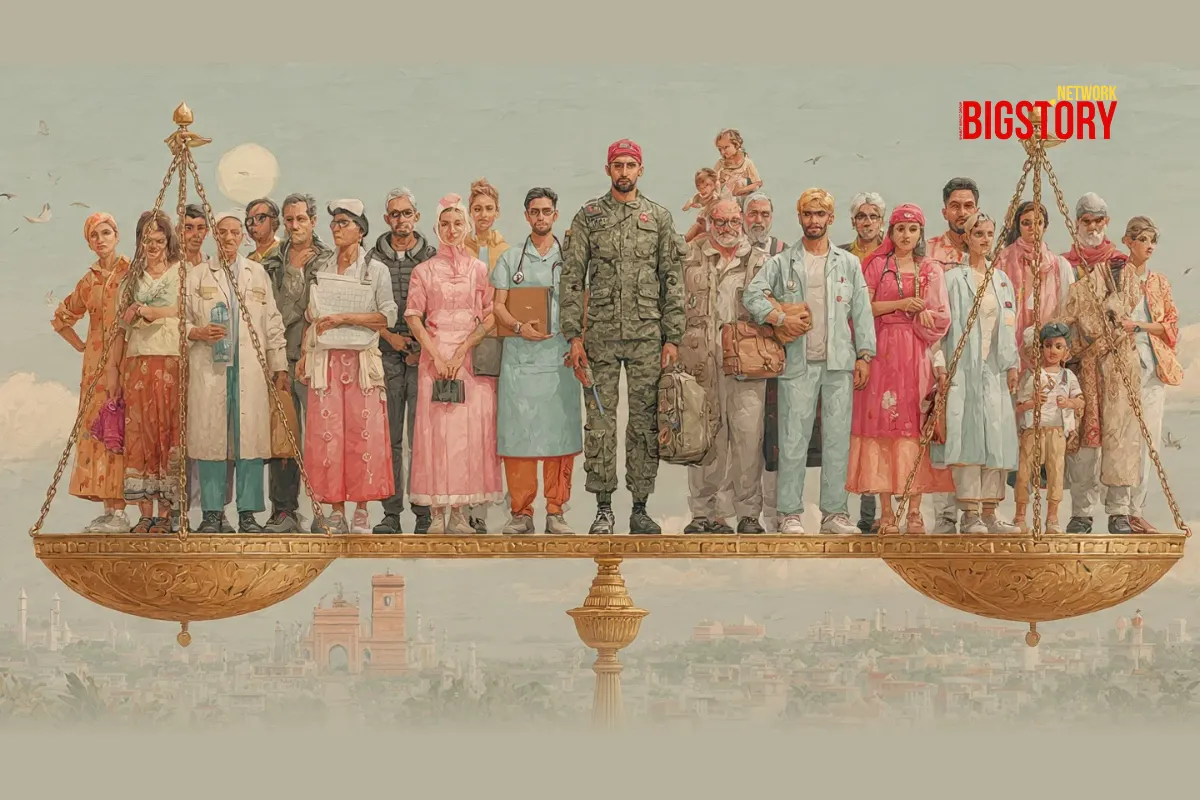
Sign up for the Daily newsletter to get your biggest stories, handpicked for you each day.
 Trending Now! in last 24hrs
Trending Now! in last 24hrs